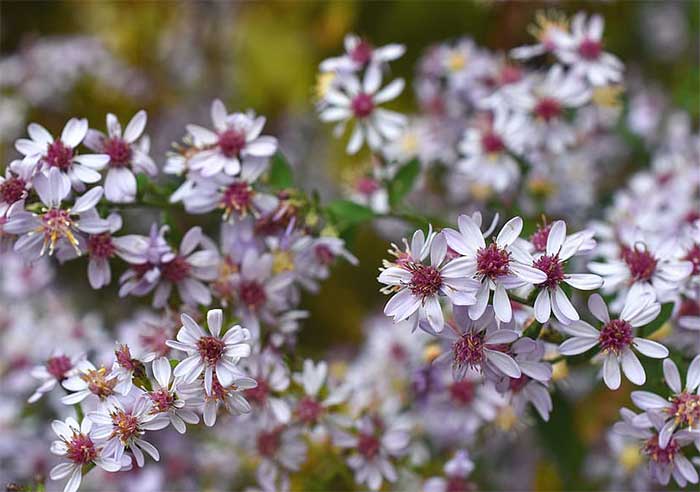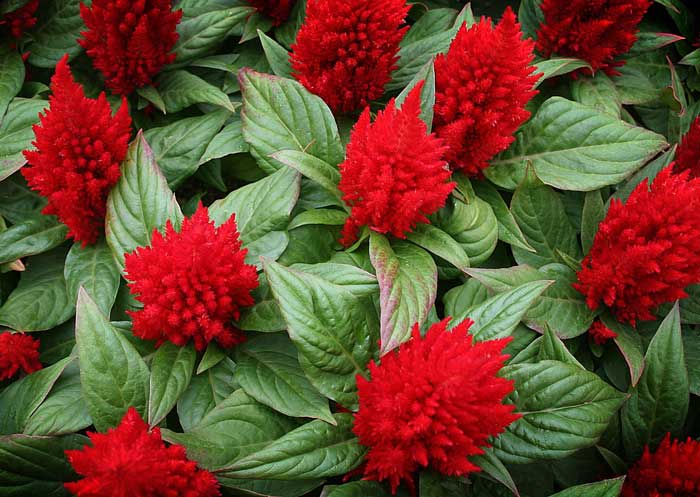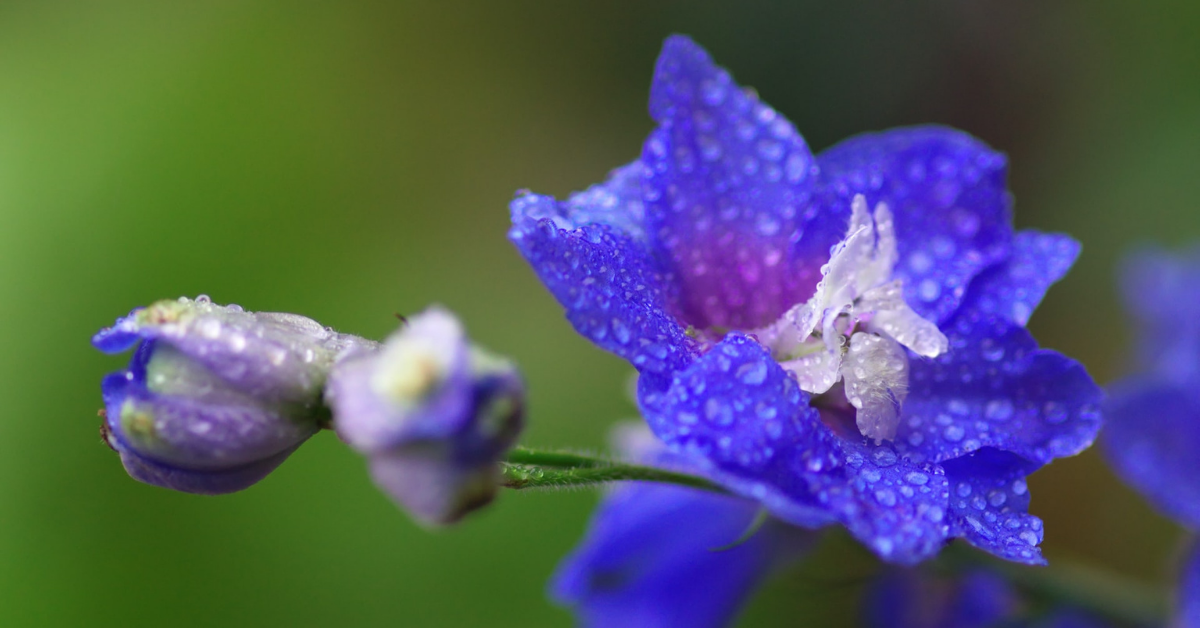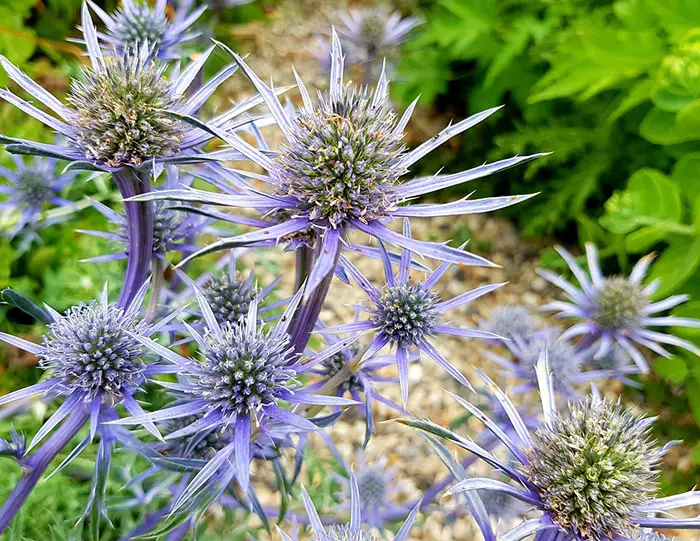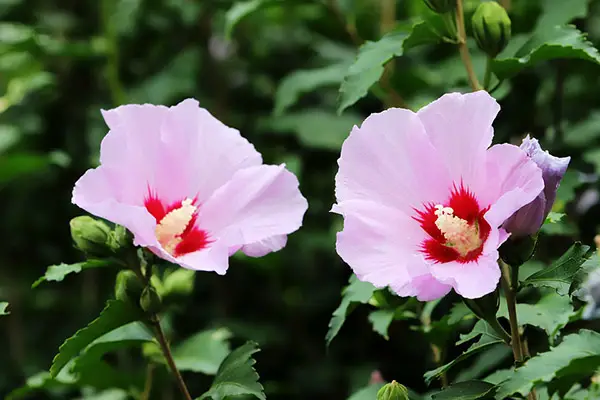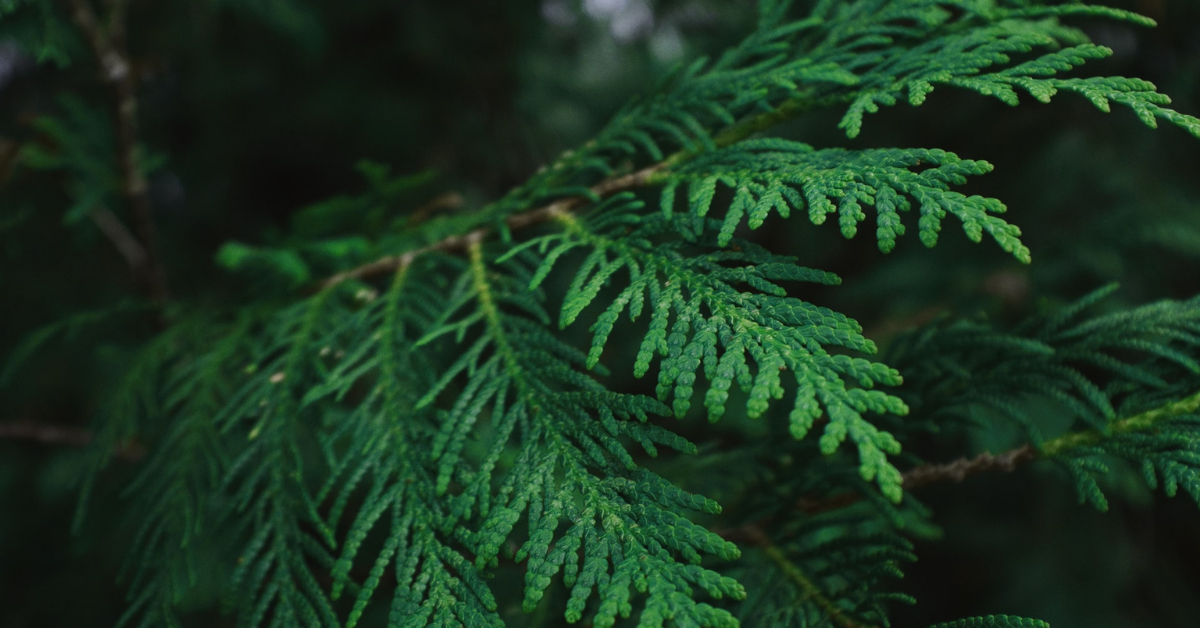Hydrangea tree
Hortensia or Hydrangea plant is a beautiful yet trendy flowering plant with tens of species and more hundreds of cultivars. The plants can grow as a tree, climbing vine, or shrub. Hydrangea has large flowers with various shapes, sizes, textures, and colors translated into very diverse cultivars. Hydrangeas need moist and nourished soil to grow well with the need for fair sun exposure in the daylight. Even though a shady environment would do a great job as well.
Hortensia species are highly tolerant of pruning. If not pruned annually, it may grow upward, with having excessively long and straggly stems. Then the weight of the stem and foliage exceeds the plant’s strength, resulting in a sag or broken stems. The average height of the Hortensia plants is about one to three meters. Most are bushes, and some are trees with a height of 30 meters. Hortensia plants are either evergreen or deciduous. However, almost all temperate garden cultivated species are deciduous.
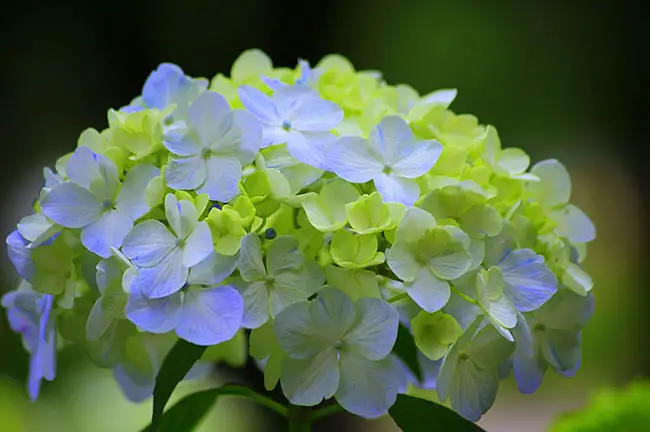
Origin and names of Hortensia
These flowering plants are native to the Asian and American regions. The greatest species diversity has been observed in Eastern Asian countries, including Korea, Japan, and China. The name Hydrangea has derived from a Greek meaning of “water vessel.” Because of the shape of the seed capsule referred to as a water vessel. However, the old name “Hortensia” has derived from a Latinized version of the French.
Flowers of Hydrangeas
Hortensia flowers are easily prone to wilt or dehydration after the cutting. Because having petals with a relatively large surface area, promotes the exhausting of water from the surface of the petals of a flower. However, you can restore the flowers by immersing the stem of flowers in the water. Even the Hydrangea flower petals can absorb the water. Therefore it can be restored by immersing or spraying water on the petals. Some species of flowers are not bee-friendly flowers because they are sterile.
Several hortensia cultivars have become very popular among die-hard fans. These include Oakleaf Hydrangea, Limelight Hydrangea, Climbing Hydrangea, Endless Summer Hydrangea, and Annabelle Hydrangea. Hortensia’s most interesting thing is that some species’ color of the flower depends on the soil acidity or Aluminium ion content. This means you can have your preferred color by changing the soil pH value. They are commercially available where people can grow them in the garden.
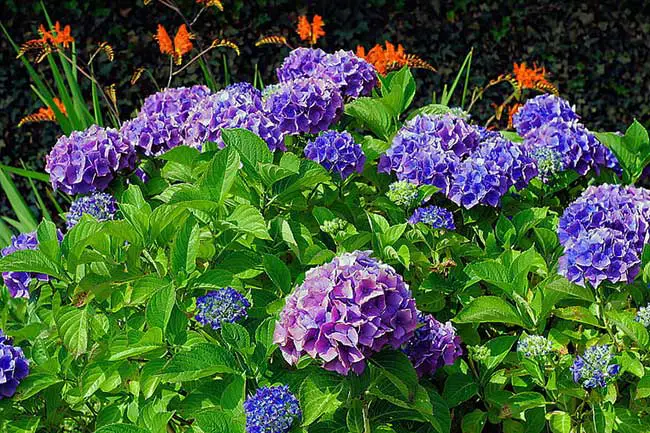
Oakleaf Hydrangea
Oakleaf Hydrangea cultivars are North American natives with spectacular color-changing appearances. Younger flowers are white and would start changing to red-pink while the foliage joins the red autumn show. This spring-flowering shrub requires a warmer environment covered in zone 5 to 9 for optimal growth throughout the year. Blooming on old wood, Oakleaf hortensia provides your garden with an incredible spring show. It has unique features in the Hydrangea brotherhood.
The white blooming shrub has a year-long journey with amazing color transformation. The leaves come with shades of purple, bronze, gold, and orange color that can persist the appearance before they drop. Some Oakleaf Hydrangea cultivars include Ruby Slippers, Pee Wee, Snowflake, Snow Queen, and Alice.
Oakleaf Hydrangea requires considerably easy care for growth. The shrub requires an environment with full or shade light exposure. It grows well in moist and well-drained soil. However, avoids dripping water or overwatering. Feeding Oakleaf Hydrangea with complete fertilizer is advisable in early spring. It’s also suggested to prune the shrub after they’re done flowering.
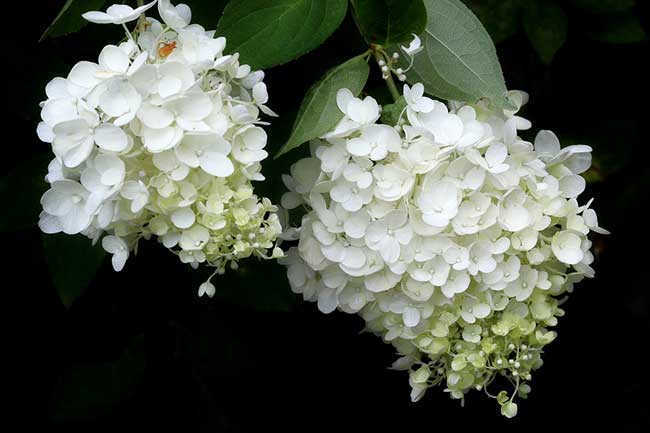
Limelight Hydrangea
Limelight hydrangea is a unique cultivar that comes with limelight shines and purple blooms. However, you may find some of the blue blooms as well. The gorgeous shrub has clustered flowers that could last for a long time as cut flowers. The buds appear in deep lime but soon would bloom in green. The flower color would progressively turn into amazing lime-tinged cream. But the soil conditions don’t affect this process.
Matured limelight hydrangea flowers would have shades of red, pink, bronze, or burgundy. The blooms can even survive the winter as left to dry on the plant. They’d be a superbly beautiful dried arrangement during the cool and cold months. In general, limelight hydrangea has a broader range of growth zone as they can grow in extreme winter and hot-humid environments.
Limelight hydrangea plants also require easy care as they have simple needs to grow and bloom. The flowers would prefer a full-sun environment with 8-hour sunlight exposure every day, but geography may also vary. This limelight hortensia shrub demands soil with excellent drainage to prevent over-soggy. You can apply a complete fertilizer when planting and every spring. When entering the spring season, you can prune Limelight hydrangea to one-half the tree size.
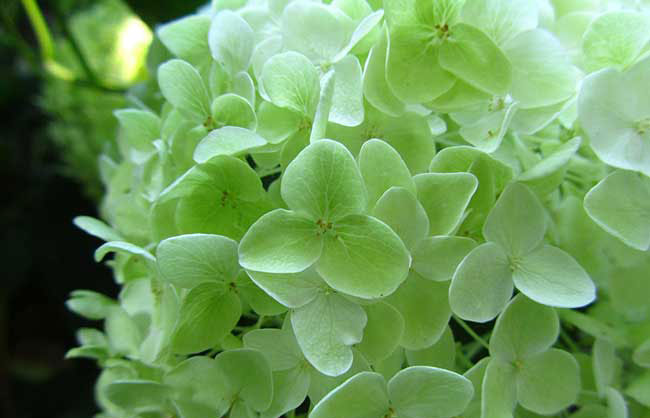
Climbing Hydrangea
It’s merely the real climber in the hydrangea tree family since they can climb and hold onto pretty much everything. Whether it’s a sucker or wall, climbing hydrangeas can scale them all. This shrub can reach up to eight times the adult’s men height. You can enjoy the lacy white flower buds with gradient composition. Climbing hydrangea would be cut off when dried for flower arrangement as they would gorgeously turn reddish-brown at this point.
Climbing hydrangea could become big and bulky. Therefore, you’d need a strong structure to support the adult vines. The flowers would bloom within three years. You can maintain the plant as a shrub by pruning them as they are growing. Climbing hydrangeas can tolerate salty environments that make them grow well. Therefore, they have prevalent in seaside areas.
The vines would prefer shady areas but would do well either in a sunny environment with adequate water. Moist and slightly acidic soil with good drainage would be perfect for climbing hydrangea. While sunburn and sudden frost could be damaging. High-phosphorus fertilizer can be used before leaves budding and after blooming. Pruning is not necessary for growing climbing hydrangea except for enlarged-matured wines.
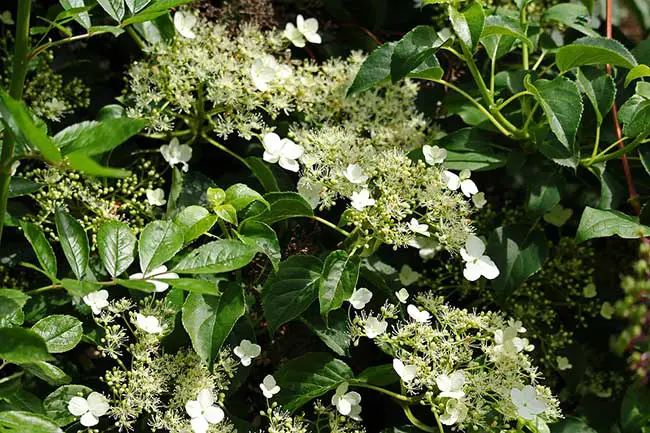
Endless Summer Hortensia
Endless Summer is a famous hydrangea family with multiple cultivars, including the original, Summer Crush, BloomStruck, Twist-n-Shout, and Blushing Bride. Among them, you might have been familiar with the BloomStruck that the colors of the flowers would depend on the soil’s pH level. Bloomstruck has become an attractive shrub due to large flower heads, solid green leaves, and reddish-purple branches.
Endless summer requires some treatments if you desire a particular color to achieve when blooming. Adding lime to create alkaline soil would allow the shrub to bloom reddish flowers. Blue flowers can be achieved with more acidic soil by adding some Aluminum sulfate. If you desire the purplish flower, maintain the normal soil pH to achieve a satisfying result.
Areas with partial sun exposure are perfect for the shrub, while the full sun is tolerable as long as the soil is moist. It would grow better in soil enriched with decomposed ingredients.
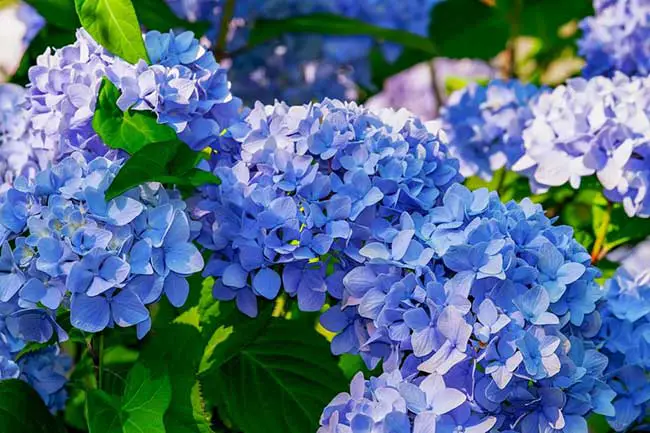
Blue Hortensia
Blue hydrangea is not a specific species but refers to a particular treatment on the soil to make the shrub blooming the blue flowers. However, the most cultivar name of this blue hydrangea is the Nikko Blue. Blue hydrangeas are typically from the big leaf family. As previously mentioned, the key to blooming this blue Hortensia is by adding more Aluminum sulfate nutrition when growing this hydrangea. In general, acid soils allow the hydrangea plants to bloom blue flowers.
Blue hydrangea requires moderate treatment before fully blooming in the summer. The soil should have good drainage and be enriched with decomposed materials. Morning sun exposure and afternoon shade would be ideal, while the full sun does an excellent job in areas with colder climates. The big leaf shrub requires minimum pruning except to remove dead branches. When dried, you can harvest blue hydrangea for winter dried arrangement.
Annabelle Hydrangea
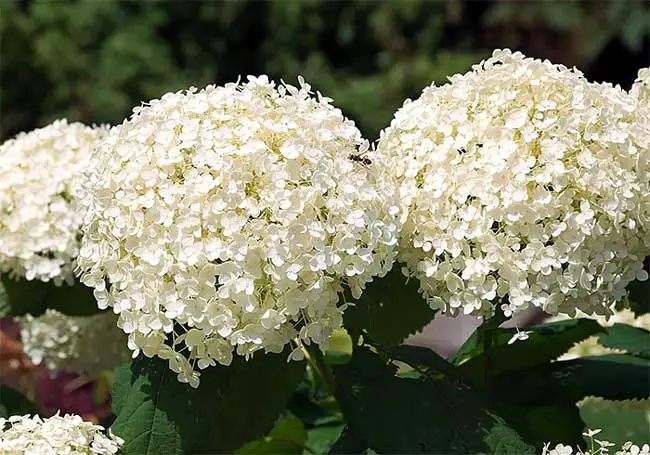
This Annabelle Hydrangea is a larger white flower species with comparing other hydrangea species. Blooms spanning from late spring to summer with 12 inches clusters of white flowers. Blooming often lasts until the beginning of fall. Mild sunlight is best for growth. Stems are strong enough to hold the large flower even in the heavy rain. Stem and foliage are green in color. This shrub needs a large space for optimum growth. Annabelle is a fast-growing deciduous shrub. Plant undergo hibernation after the end of flowering in the early fall. After the ending of the hibernation period, plants start to flowering from the new woods each year. Therefore the plant is highly tolerant of pruning. If you prune it into the ground, the plant will bloom in the next season.
Planting Annabelle is good in spring or fall. It needs immediate watering, just after planting on the new ground to settle the surrounding roots. Add some compost while planting on the ground or pot. Apply two inches thickness of mulch like paddy straw or dried leaves around the plant. This practice prevents drying the soil and control the weeds. During the spring, apply a thick layer of compost to give additional supplements to the plant. Regular watering is essential for keeping the soil wet. Since this Hortensia plant prefers partial sunlight, apply a filter or shading during the hot season in the daytime. Maintain your garden free of weed plants and clean. Companion plants of the Hydrangea are Astilbe, Rose of Sharon, Viburnum, Dogwood, and Coral Bells.

